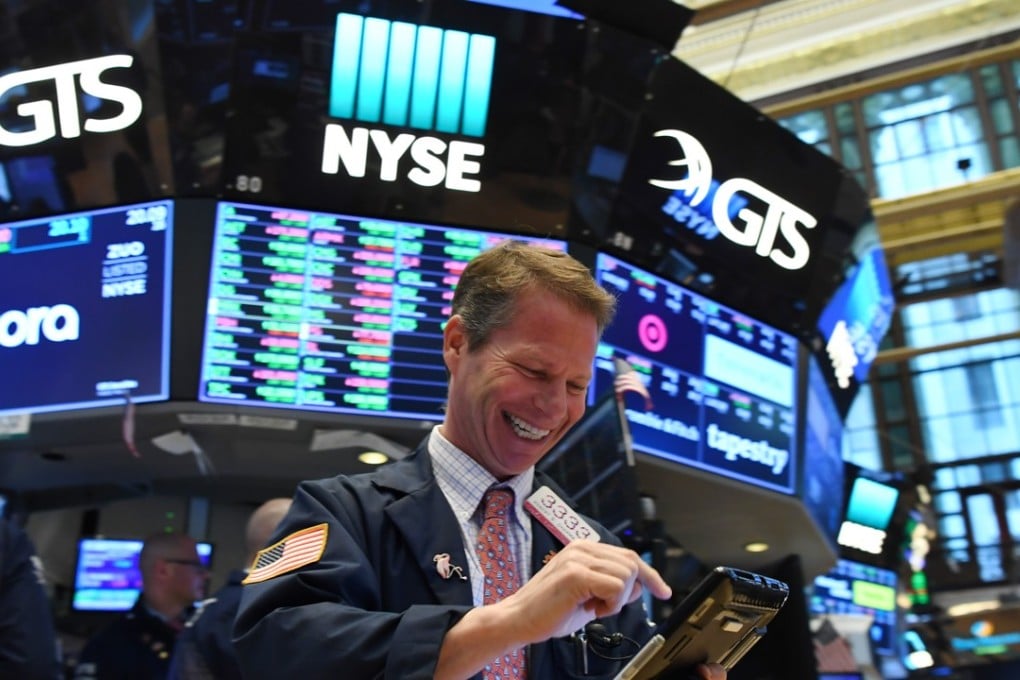Macroscope | Why stock buy-backs continue to drive growth in the US markets
Varun Ghotgalkar says corporate stock repurchases remain a popular way to return value to shareholders because they are not penalised by taxes, they can send signals about the stock’s value and are not subject to ‘sticky dividends’

The increasing use of stock repurchases to pay back equity investors (instead of dividend payments) has often been attributed to the decreasing cost of debt financing, driven by falling interest rates, regulatory changes involving stock buy-backs and the rise of equity-linked compensation for executives.
Buy-back operations, like dividend payments, are simply a way to return excess cash to shareholders. But why buy-backs?
First, an optimal debt equity mix for every company is found by weighing the costs and benefits of leverage, keeping assets and investment plans constant. Assuming stock repurchases are conducted with financial prudence, they can positively impact shareholder value by optimising capital structure.